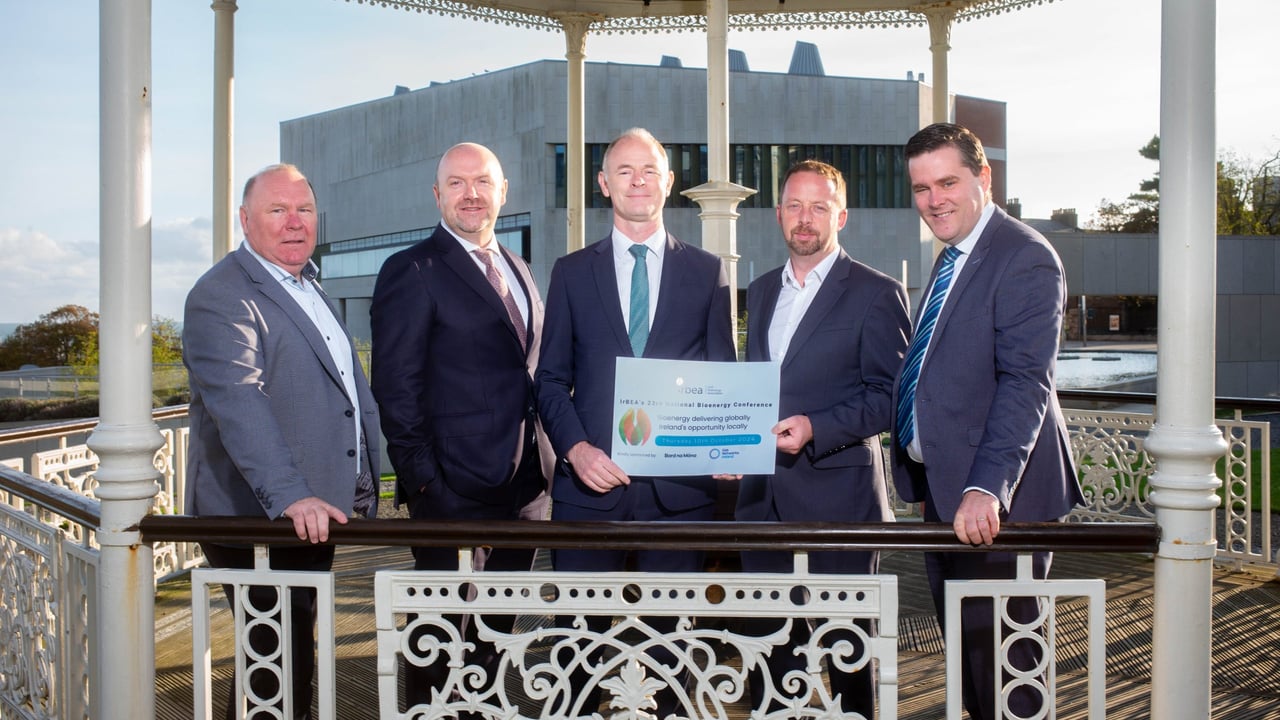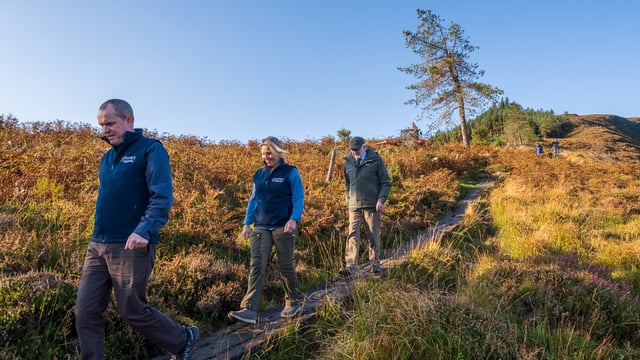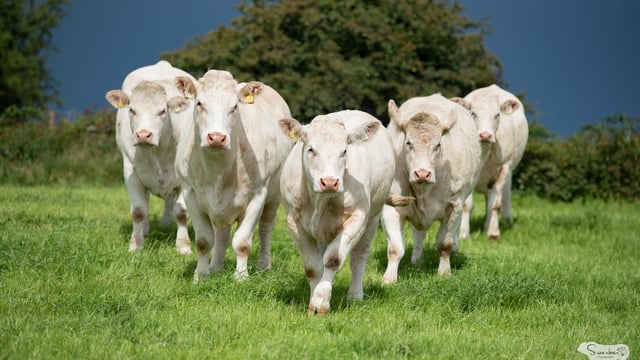Need for action highlighted at IrBEA bioenergy conference
The Irish Bioenergy Association (IrBEA) 23rd National Bioenergy Conference is taking place today (Thursday, October 10) at the Royal Marine Hotel, Dún Laoghaire, Co. Dublin.
The bioenergy energy sectors of solid biomass, liquid biofuels, biogas/biomethane, wood fuels, energy crops and biochar are growing rapidly across Europe with bioenergy being the largest source of renewable energy at 58.9% according to the European Commission.
The focus of today’s conference is on the need to action and resource existing government strategies and the rollout of new and enhanced policies and financial supports to advance the development of the sector.
Speaking at the opening of today’s conference, IrBEA president and CEO of the South East Energy Agency, Paddy Phelan said: “The gap between our renewable energy targets and actual delivery is widening which shows the significant opportunity to scale up ambition on the deployment of bioenergy across all the sectors.
"In the last year, we have had several government roadmaps and strategies published including the Biomethane Strategy and the Roadmap for the Decarbonisation of Industrial Heat.
"What we urgently need now are the supporting policies including legislation, funding and supports which will make these plans a reality and drive the development of the bioenergy supply chain and sector to deliver on this opportunity.”
According to Phelan, the European Commission has expressed significant concerns regarding Ireland’s renewable energy target of 43.5% by 2030 with growing apprehension that this target is in jeopardy.
"To avert substantial fines for failing to meet binding EU targets, it is imperative that bioenergy plays a crucial role in achieving these goals," Phelan continued.
"The European Commission emphasises the need for immediate and substantial efforts in the bioenergy sector to ensure compliance and support Ireland’s transition to a sustainable energy future.”
IrBEA welcomed the sponsorship of Gas Networks Ireland (GNI) for this year’s conference.
Gas Networks Ireland, as the gas network operator in Ireland, is a key stakeholder in the mobilisation of the biomethane sector.
It is actively engaged in encouraging the development of an indigenous biomethane industry as a way of delivering on its pathway towards achieving net zero, through biomethane and hydrogen in the gas network.
Biomethane Programme manager at GNI, Padraig Fleming said: “Gas Networks Ireland is delighted to co-sponsor the IrBEA annual conference again this year.
"We have seen big changes since the last year’s conference with the publication of the National Biomethane Strategy. Now the real work begins in implementing the strategy.
"We hope the whole industry will engage in progressing the implementation of this strategy, not least of which is the Renewable Heat Obligation (RHO) and the long-awaited operational support for biomethane.”
Bord na Móna which also sponsors today's conference, has plans to further deploy a wide range of renewable energy generation technologies and projects nationwide.
Specifically, in bioenergy, it has plans for the development of a biomethane production facility and the use of 100% biomass at Edenderry Power, while also exploring the potential and opportunity of bioenergy carbon capture.
IrBEA CEO Seán Finan said: “The reality is that we need all renewable technologies and all renewable fuel options to be deployed as part of a broad renewable energy policy in Ireland.
"The bioenergy sector is growing strongly across the EU and bioenergy remains the largest source of renewable energy at a European and global level.
"In Ireland, we have the Support Scheme for Renewable Heat (SSRH) for biomass and the Renewable Transport Fuel Obligation scheme for liquid and gaseous fuels.
"For the biomethane/biogas sector, the recently published Biomethane Strategy is a welcome first step, but further policy intervention is required to drive market certainty and the target set out."
IrBEA has called on the next government to show leadership in recognising the bioenergy potential that exists in Ireland.





